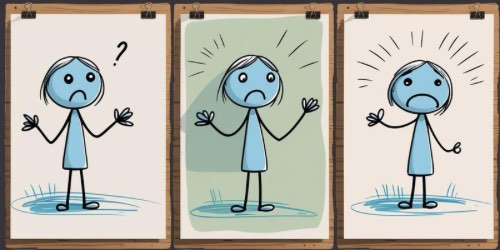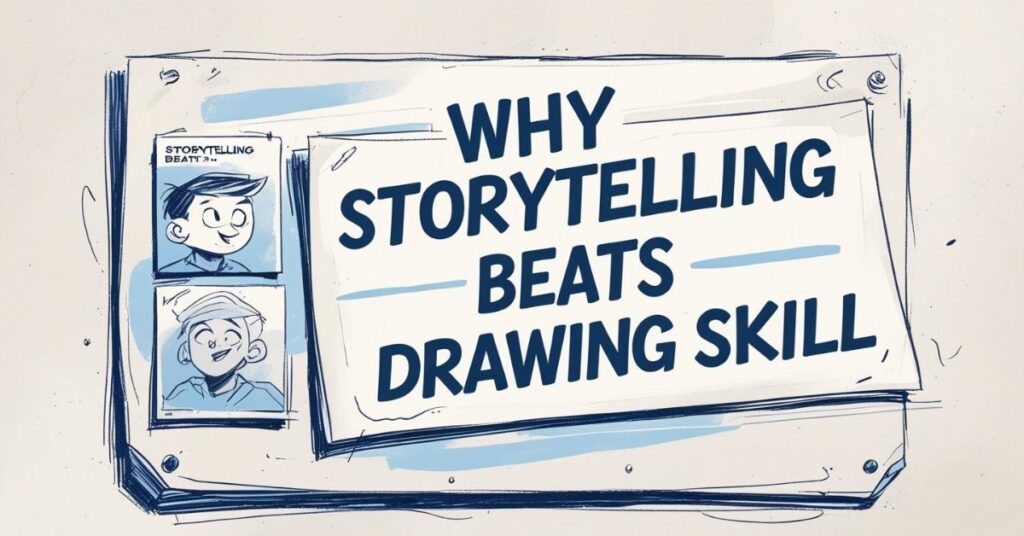Why Storytelling Wins Every Time
If you’ve ever hesitated to start animating because you think you’re “not good enough” at drawing, let me stop you right there. The truth is: your storytelling ability matters way more than your technical art skills. And yes, I mean *way* more.
We’re not saying drawing doesn’t count—but story is what makes your work memorable. Strong storytelling is what keeps people watching, even when your characters are made of stick figures.

Why Drawing Skill Isn’t the Gatekeeper
Some of the most beloved animations in history started with rough, raw drawings. Think about early YouTube stick-figure animations, or even classic storyboard reels from studios like Pixar. They’re not polished—but they’re powerful.
That’s because viewers connect with *emotion*, *conflict*, and *clarity*. If your story hits those notes, your audience will stay with you—even if your characters look like potatoes.
- Emotion keeps your characters human (even if they’re not).
- Conflict keeps the audience engaged.
- Clarity helps your message come through loud and clear.
This is why creators like Pendleton Ward (*Adventure Time*) or Rebecca Sugar (*Steven Universe*) could pitch their stories using rough sketches and still captivate audiences.
Studios Know Story Comes First
Even major studios follow this rule. Pixar often begins new projects with rough storyboard sketches that barely resemble the final film—but they convey emotional arcs, timing, and narrative clarity.
Walt Disney once said:
“Animation can explain whatever the mind of man can conceive.”
It’s not about perfect drawing—it’s about how clearly you can tell something.
Drawing Gets Better with Purpose
When you focus on story, your art improves naturally. Sketches support emotion and pacing—not just polish. That kind of mindful practice speeds growth much faster than aimless doodling.
Ask yourself:
- What does my character feel?
- What obstacle are they facing?
- Can someone follow this story visually, without dialogue?
[h2]See Storytelling in Action[/h2]
If you need proof that storytelling > structure, watch *Paperman*. This heartfelt Disney short relies almost entirely on expressive timing and simple gestures—no dialogue needed.

Final Thoughts
If you’ve held back because your lines aren’t perfect, it’s time to let that go. Animation is communication—not decoration.
Focus on stories that move, inspire, or surprise. Drawing will follow.
Want to build your storytelling and animation skills even more?




























